Once you enter the world of 3D printing, you start considering 3d printer filament you can use as anytime and anywhere. Here is an article for you to have a total understanding of 3d filament.
The most common 3D printing filament’s Standard
1)Adaptive to all 3D printer’s extruder printing temperatures.
The most common 3D print filament is the one that has the lowest requirement for the 3D printer. In particular, the extruder temperature and the heating bed. The material used in the production of the filament is generally low-cost, easy to find, and easy to use. It is also the most likely to be compatible with the widest range of 3D printers. The main disadvantage of this type of filament is that it is not as strong or durable as some of the other options. However, it is still the most popular choice for many 3D printing enthusiasts.
In general, the printing temperature of 3d filament for the ordinary 3D printer is from 180-250 ℃. In other words, between this zone, is exactly the printing temperature of the most common 3D printing filament.
2) Easy storage is an important criteria of the most common 3D printing filament
The most common 3d filament, in general, do not have high requirements for storage conditions, which is less demanding than many other materials. As the most common 3D printing filament, it can be exposed to indoor humidity, environment temperature, and UV exposure without too much affecting its properties. The main thing to note is to avoid extremes of temperature and humidity, as well as direct sunlight. If stored properly, your filament should last for many months without degradation.
3) Convenient to buy in all shopping methods
Convenient to buy in all shopping methods is a significant factor of common 3d print filament. Convenience is often overlooked when discussing 3D printing filaments, but it shouldn't be. One of the benefits of 3D printing is that you can print whatever you want, whenever you want. However, if you can't buy the filament, you need conveniently, then that takes away one of the benefits of 3D printing. That means you can buy it online, at a physical store, or even through a subscription service. No matter how you like to shop, you can find an easy method to buy and have it delivered right to your door.
4) Colorful and various for 3D printing users to decorate their life.
Most 3D printer users, who are hobbyists, apply the most common 3D printing filament to make decorations for their houses and to beautify their living conditions. Here comes the last key element of the most common 3d filament: wide color and texture range to match different life scenarios.
For example, a user could create a vase with a smooth, shiny surface, or a rough, textured surface. The variety of colors and textures available also makes it possible to match the filament to the project's environment. For instance, a user could choose a light-colored filament for a project displayed in a bright room or a dark-colored filament for a project displayed in a dimly lit room. Ultimately, the wide range of colors and textures cannot be ignored in defining the common 3d print filament.
What are the most common 3D printing filament and what’s their character?
1) PLA is top1 of the most common 3D printing filament
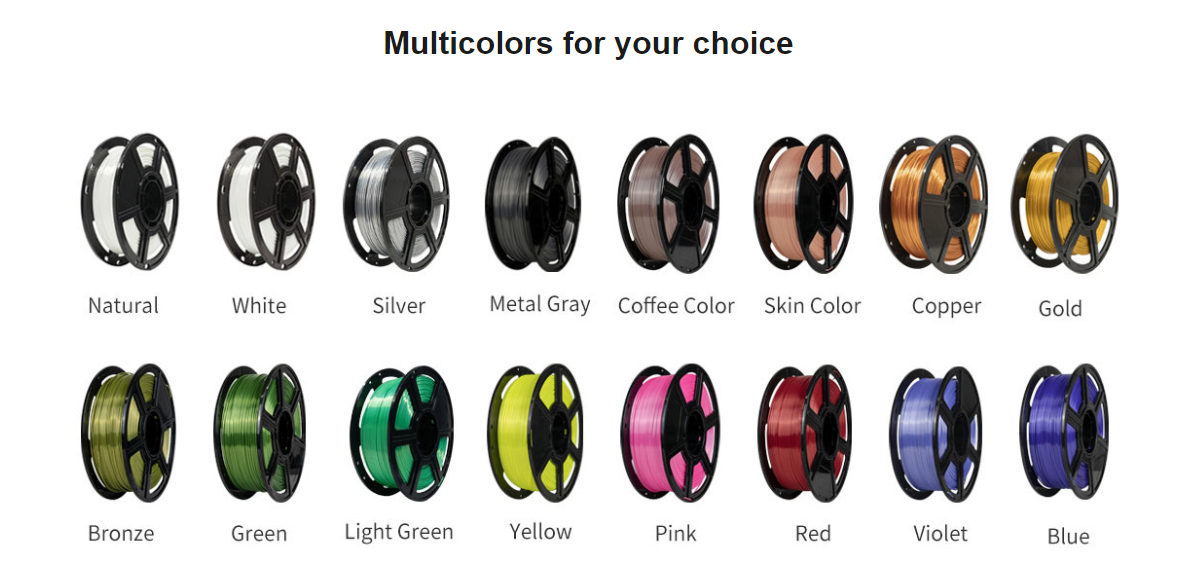
PLA is the most traditional 3D printing filament currently. This material has developed to a very mature stage. PLA filament now has a large amount of texture and color classifications and deserves the title of the most common 3D printing material. Meanwhile, the shrinkage rate of PLA filament is low. It allows you to print huge objects even when printing on a printer without an open heated platform, without worrying that the model will warp, hang, skew, or break.
As the most common3d filament, the mainstream classification of PLA has the following styles:
PLA 1.75mm Silk Filament

PLA 1.75mm Rainbow Filament
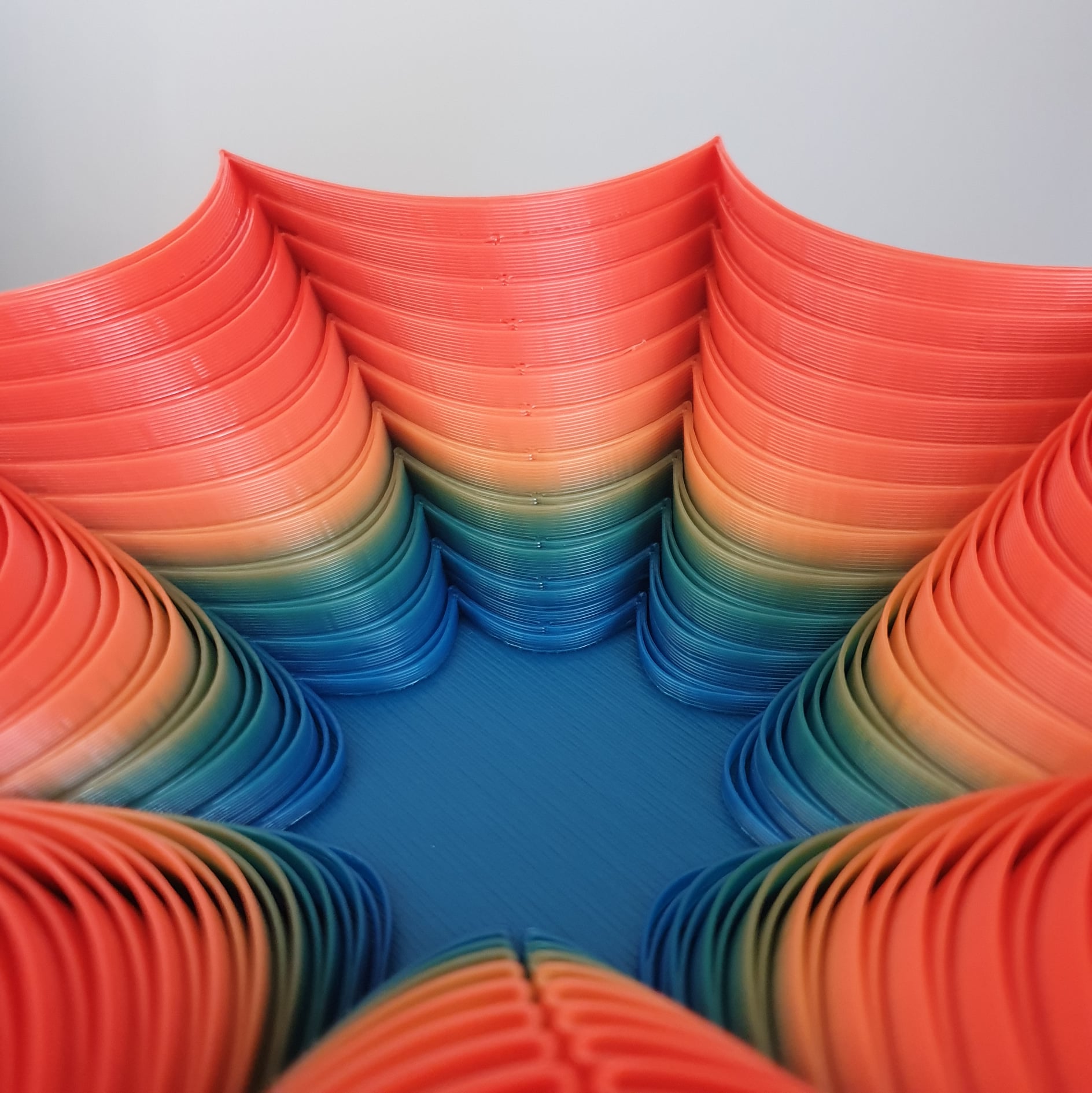
PLA 1.75mm Clear Filament
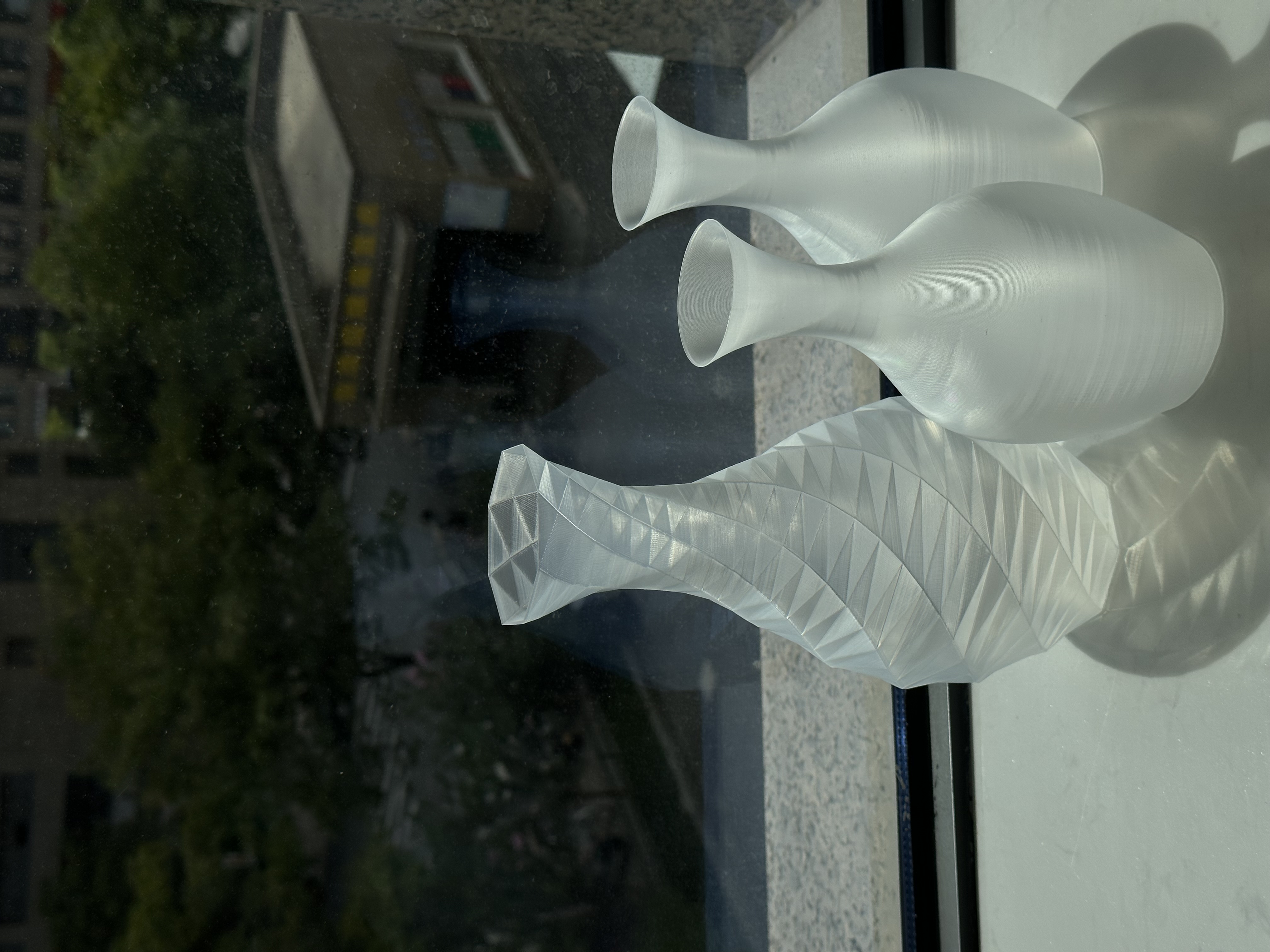
PLA 1.75mm Glow-in-Dark Filament
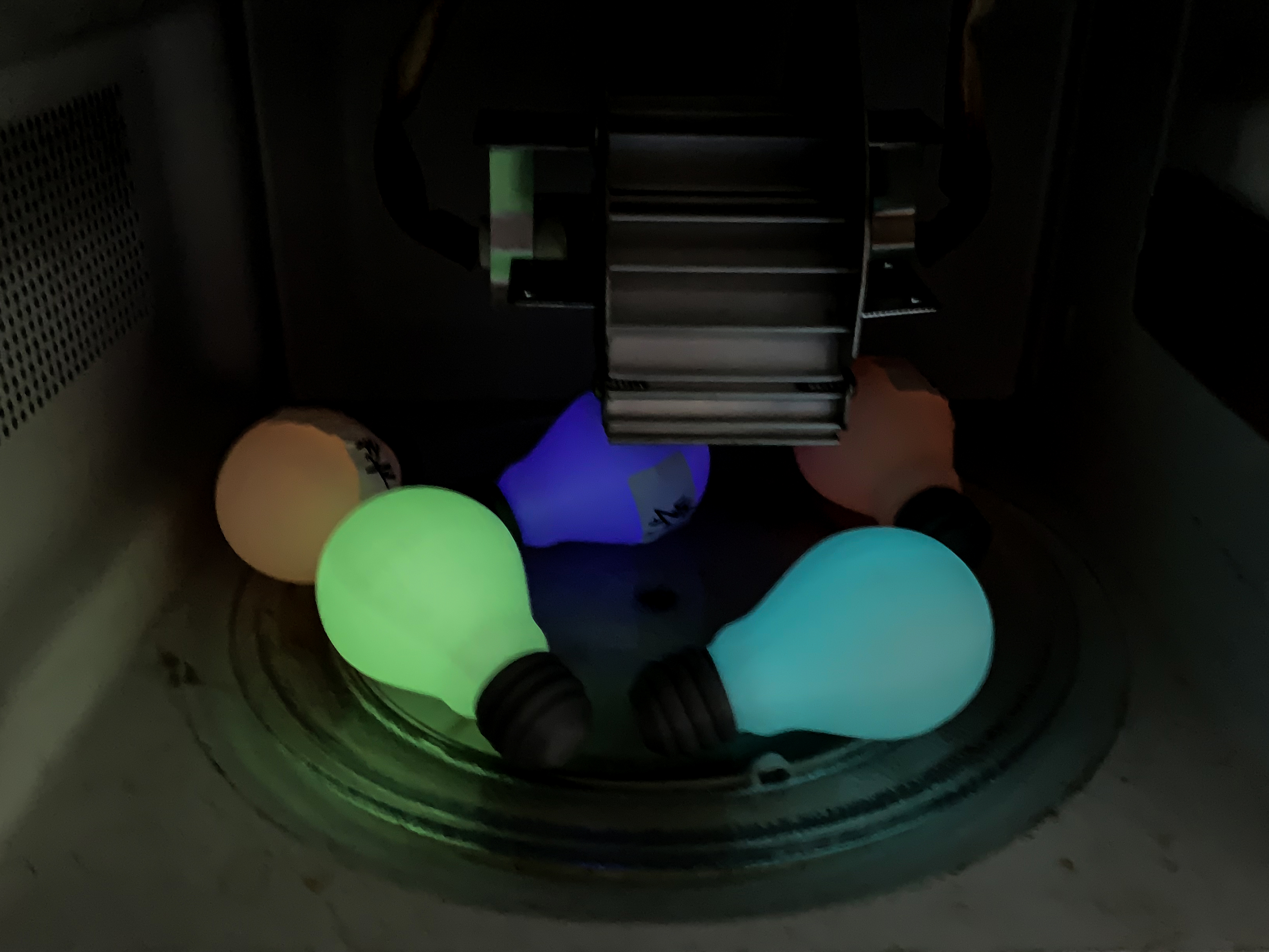
2) ABS is top2 of the most common 3D printing filament
ABS as the second most common 3D printing filament is stronger and more durable than PLA filament. 3D models made of ABS are stronger than PLA materials, and ABS is soft and will only bend and not break easily even under pressure. While, if you need a smoother surface, you may need to take some post process on the ABS-print model. ABS filament has fewer choices in color and texture. Generally, conventional color choice is available
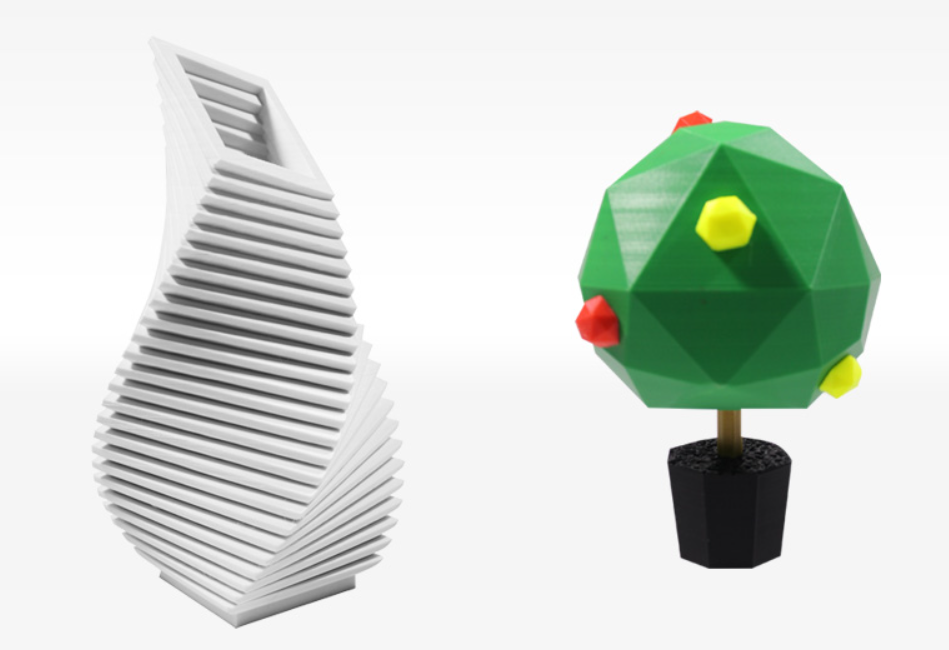
In usual, ABS as one of the most common printer filament is defined in ordinary and pro. The latter is more strengthened in physical properties.
3) PETG is top3 of the most common 3D printing filament
PETG is on the rank third of 3d print filament because it is often applied in private studios and small-scale production, which is not the mainstream purpose for consumer 3D printing hobbyists. However, PETG filament is super suitable for consumer 3D printers to print. It highly decreases the difficulty in personal production of an industrial-physical-level prototype. Compared with PLA or ABS filament, PETG filament performs better in the almost 0 shrinkage rate and extremely outstanding stress resistance.
Even though the PETG filament’s application is obviously less than PLA or ABS, it provides the small-scale and personal workshop a high-cost-performance possibility to conduct the production and take benefit from it.
PETG filament is classified into three-level: ordinary, pro, and CF. It grows gradually in physical strength and has better performance in the final model which requires a higher practicality standard.
PETG
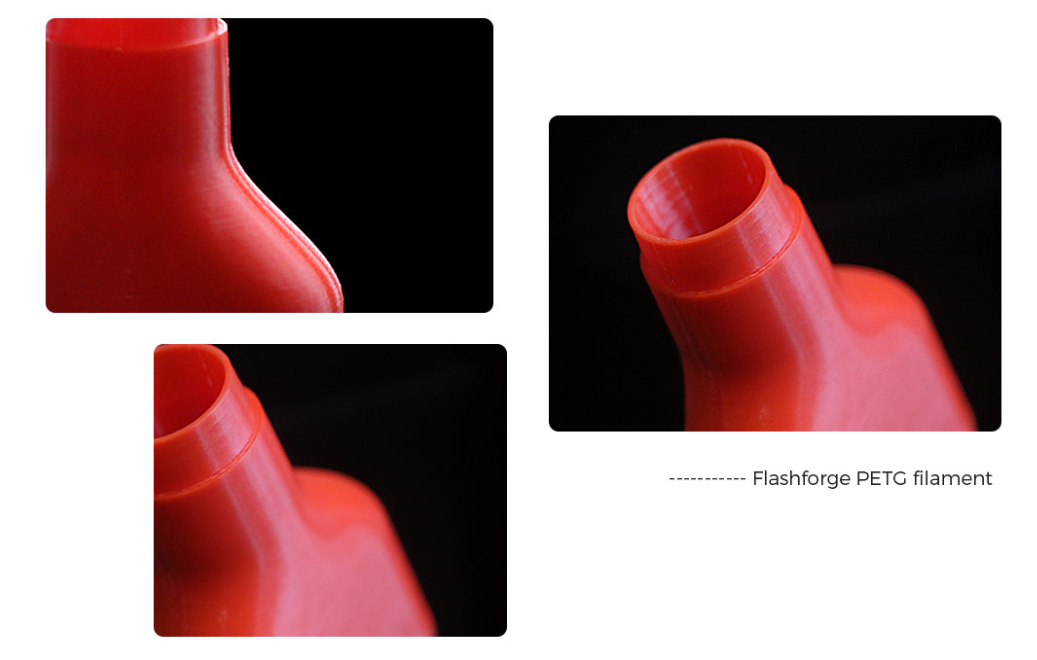
PETG Pro
PETG CF
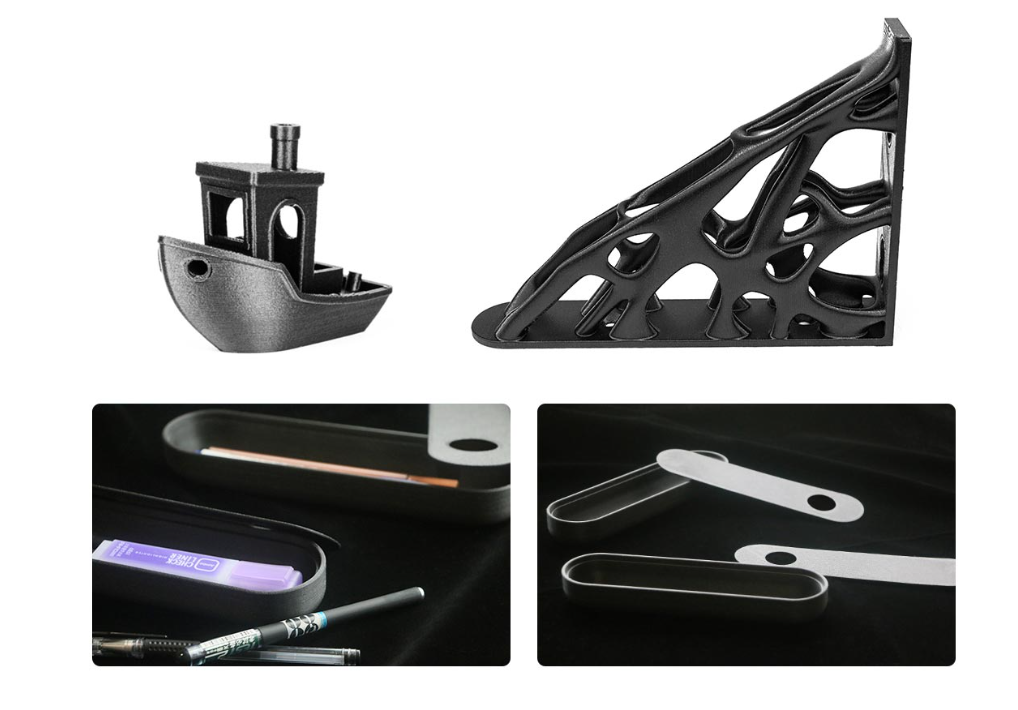
4) Other Filaments’ Brief
There are a lot of other 3d filament which are favored by a lot of users. For example, the TPU filament is now the popular trend for 3D printing hobbyists. TPU filament is famous for its flexibility after the prints are finished. It obviously expands the boundaries of the user's imagination for 3D printed projects.
Printing Tips for the most common 3D printing filament
1) PLA Printing Skills
Extruder Temperature: 180-210℃
Heating Bed Requires or not: Not necessary. If yes, 20-45℃
Chamber Temperature: 20-25℃
Additional Requirement: Some special PLA filament such as glow-in-dark filament, need an extruder with higher strength because fluorescent substances are added to it.
2) ABS Printing Skills
Extruder Temperature:
Heating Bed Requires or not: Yes necessary, 90-95 °C
Additional Requirement: Be aware of the stickiness of the plate to make sure the first layer of print is proper.
3) PETG Printing Skills
Extruder Temperature: 220-245 °C
Heating Bed Requires or not: 70-80 °C
Additional Requirement: PETG is easier to absorb water in the air. The filament storage of PETG filament is an unignorable problem. Usually, we recommend to use the filament drier to properly keep the filament with a higher water-absorb rate.
Recommendation and Conclusion
The passage above lists the 3 kinds of the most common 3D printing filament. They are respectively PLA, ABS, and PETG by their popularity rank. These three 3d printing filaments could cover the most of 3D printing lovers’ daily printing requirements. These 3 of the most common 3D printing filaments are colorful, more strengthen, and firm structure in respective.
If you are considering printer filament, have a visit on this page, and make your favorite and suitable option!












